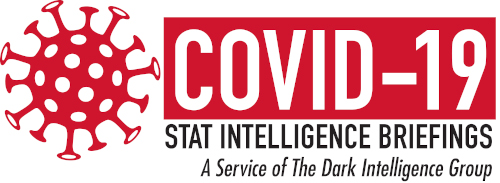Using satellite imagery and search engine query volumes, Harvard analysis provides meaningful preliminary insights into the timeline of COVID-19.
Modern technology provides researchers with new tools that can potentially be used to better understand the origins of outbreaks, such as the current COVID-19 pandemic, without using traditional clinical laboratory testing. While ways to leverage these potential tools are still being explored, a group of Harvard researchers has already developed innovative applications of newer technologies to better understand the timeline for the COVID-19 pandemic.
Recent analysis based on hospital traffic and search engine data in Wuhan, China, indicates that disease activity appears to have started in August 2019, rather than November as was previously thought, according to the Harvard report.
Researchers used satellite imagery of five hospitals located in Wuhan to analyze area traffic, parking lot usage, and street parking. Historical trends (adjusting for seasonal variations) were also studied and, among those trends, patient volumes showed a statistically significant increase of 67% in August 2019. The increases continued as the pandemic gained momentum, explains the Harvard document entitled, “Analysis of hospital traffic and search engine data in Wuhan, China, indicates early disease activity in the Fall of 2019.”
Additionally, researchers explored relative volume of search engine queries within China for search terms related to COVID-19 symptoms—terms such as “cough” and “diarrhea.” Search volumes for these terms showed a significant increase in August 2019, that coincided with the increase in traffic around the Wuhan hospitals, the researchers found.
Concluded the Harvard study’s authors: “While we cannot confirm if the increased volume was directly related to the new virus, our evidence supports other recent work showing that emergence happened before identification at the Huanan Seafood market. These findings also corroborate the hypothesis that the virus emerged naturally in southern China and was potentially already circulating at the time of the Wuhan cluster.”
It is important to note that these findings represent preliminary findings and have not been peer reviewed for the accuracy of the methodology or findings.
The Chinese government has already responded to the report. During a press briefing, Chinese Foreign Ministry Spokesperson Hua Chunying said, “I think it is ridiculous, incredibly ridiculous, to come up with this conclusion based on superficial observations such as traffic volume.”
Why the Harvard COVID-19 Timeline Analysis Matters
The application of satellite imagery and relative search query volume analysis used by the Harvard research group may be further developed for other epidemiological applications. This may mark the beginning of a shift.
Traditionally, epidemiological studies have been highly dependent on clinical testing. Therefore, innovative changes and new applications of available technologies may lead to changes in the clinical testing-based paradigm of studying epidemiology.
Although the Harvard analysis was a single study, it has already been highly publicized and may yield meaningful data about the timeline of the COVID-19 pandemic. This could indicate the emergence of a trend toward technology-based research methods that do not require clinical laboratory testing or that only require testing as an adjunct to the primary research method. The long-term impact this could have on clinical laboratories remains to be seen.

—By Caleb Williams, Editor, COVID-19 STAT
Related Resources:
BBC: Satellite traffic images may suggest virus hit Wuhan earlier






